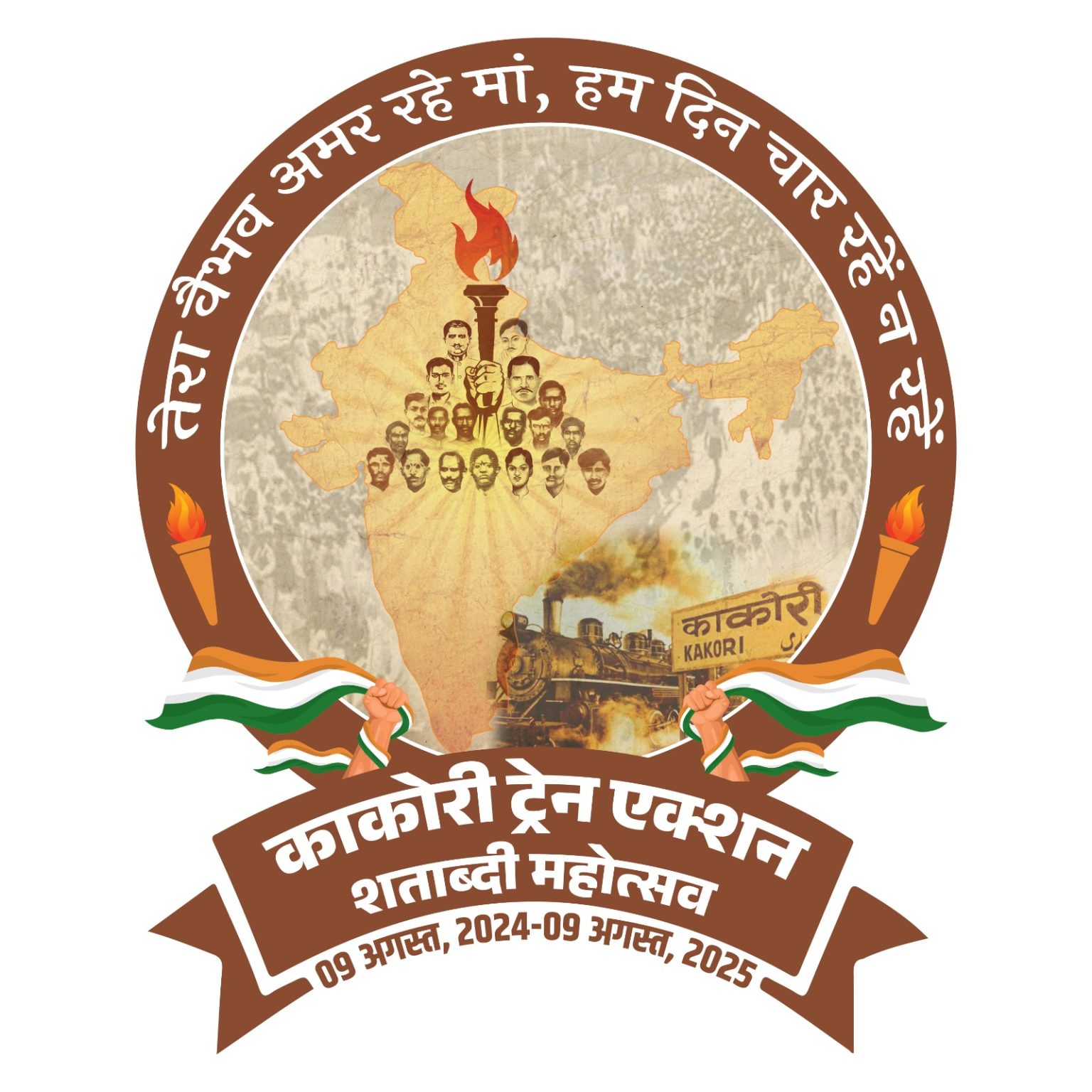History
The territory occupied by the present J.P. Nagar District,again renamed as Amroha, was part of Moradabad sarkar of Delhi Subah under Mughal emprie. Later it came under the control of Awadh. In 1801, the administration of this territory was ceded to the British East India Company by the Nawab of Awadh.
Raja Amarjodha, of the Bansi dynastym was the ruler of region Amroha in 474 B.C. In Tarikh-i-Amroha, it is mentioned by its author that Amroha was ruled by Rajput between 676 and 1141 A.D. Behram Shah ( 1240 – 42 ) appoined Malik Jalaluddin to the position of Hakeem of Amroha.
Amroha town is the district head quarter.
According to data of census the current estimate population of Amroha city in 2023 is 272,000.The last census was conducted in 2011 and the schedule census for Amroha city in 2021 was postponed due to Covid. The current estimates of Amroha city are based on past growth rate and its literacy rate was 63.88 percent. People of Amroha, irrespective of their religion often use suffix as “Amrohvi” or “Amrohi”, or “Asharfi”. Its main industries are pottery-making, hand-loom weaving, carpet-manufacturing.
The district is bounded on the north by Bijnor district, on the east and south-east by Moradabad district, on the south by Sambhal district, and on the west by the river Ganga, across which lie Bulandshahr, Ghaziabad, and Meerut districts.

